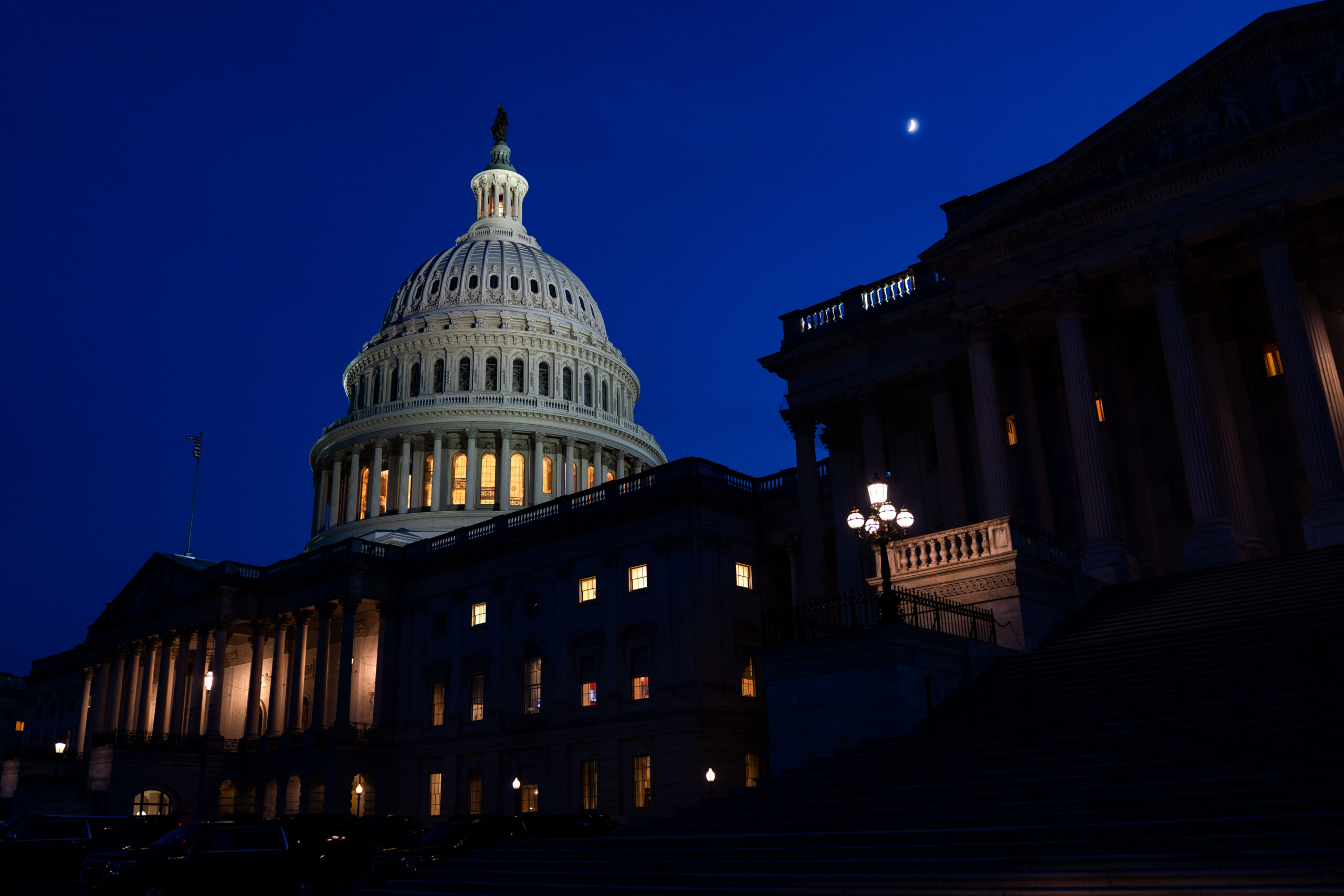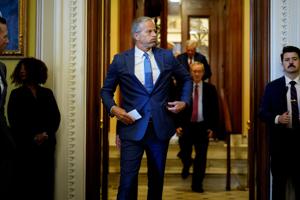Global financial markets are navigating a complex landscape, particularly across Asia-Pacific, as investors weigh record gains on Wall Street against the looming uncertainty of U.S. President Donald Trump’s tariff policies. With a crucial 90-day tariff reprieve nearing its expiration, the global economy is bracing for potential shifts, leading to mixed performances and cautious sentiment among key players in the Asia-Pacific economy.
The specter of renewed tariffs looms large, despite U.S. Treasury Secretary Scott Bessent’s acknowledgment that some nations are “negotiating in good faith.” Bessent’s warning that tariffs could “spring back” to their April 2 levels if countries prove “recalcitrant” underscores the high-stakes nature of current trade policy discussions. This conditional reprieve places significant pressure on global trade partners to reach agreements, impacting supply chains and international commerce.
In mainland China, the CSI 300 experienced a flat trading session, reflecting the wait-and-see approach adopted by many investors. However, a glimmer of optimism emerged from the manufacturing sector, as the Caixin/S&P Global manufacturing purchasing manager’s index for June registered 50.4, surpassing the 49 predicted by analysts. This uptick suggests a degree of resilience within the Chinese manufacturing base, even amidst the broader concerns regarding Donald Trump’s aggressive trade stance.
Japan’s markets presented a more cautious picture, with the Nikkei 225 benchmark declining by 1% after reaching an 11-month high in its prior session, and the broader Topix index also retreating. Despite this market downturn, Japan’s manufacturing activity saw its first rise in 13 months, with the au Jibun Bank flash Japan Manufacturing PMI hitting 50.4. Yet, demand remains stubbornly weak, with new orders and export sales continuing to decline, largely attributed by analysts to “ongoing uncertainty regarding US tariffs,” highlighting the persistent drag of trade policy on export-oriented economies.
Further insights into Japan’s economic health came from the Bank of Japan’s quarterly Tankan survey, which revealed improved business sentiment among large Japanese manufacturers, with the headline index rising to +13. This positive sentiment, however, contrasted with a slight dip in confidence among large non-manufacturers. The Bank of Japan closely monitors these findings, integrating them into their monetary policy considerations, especially as global markets grapple with potential shifts in trade policy.
Meanwhile, South Korea’s manufacturing sector faced continued headwinds, contracting for the fifth consecutive month in June. The S&P 500 Global South Korea Manufacturing Purchasing Managers’ Index recorded 48.7, indicating sustained, albeit slower, contractions in output and new order intakes. This persistent decline underscores the broader challenges faced by key Asian manufacturing hubs in navigating the current global economic climate, compounded by international trade policy uncertainties.
Across the Pacific, Wall Street defied global apprehension, with two of its three key benchmarks notching another record close. The S&P 500, Nasdaq Composite, and Dow Jones Industrial Average all closed at fresh all-time highs. This robust performance was partly buoyed by Canada’s decision to rescind its digital service tax, an apparent move to facilitate trade negotiations with the U.S. following President Donald Trump’s earlier threat to terminate all discussions, showcasing the immediate impact of diplomatic shifts on investor confidence in global markets.
Discover more from The Time News
Subscribe to get the latest posts sent to your email.






